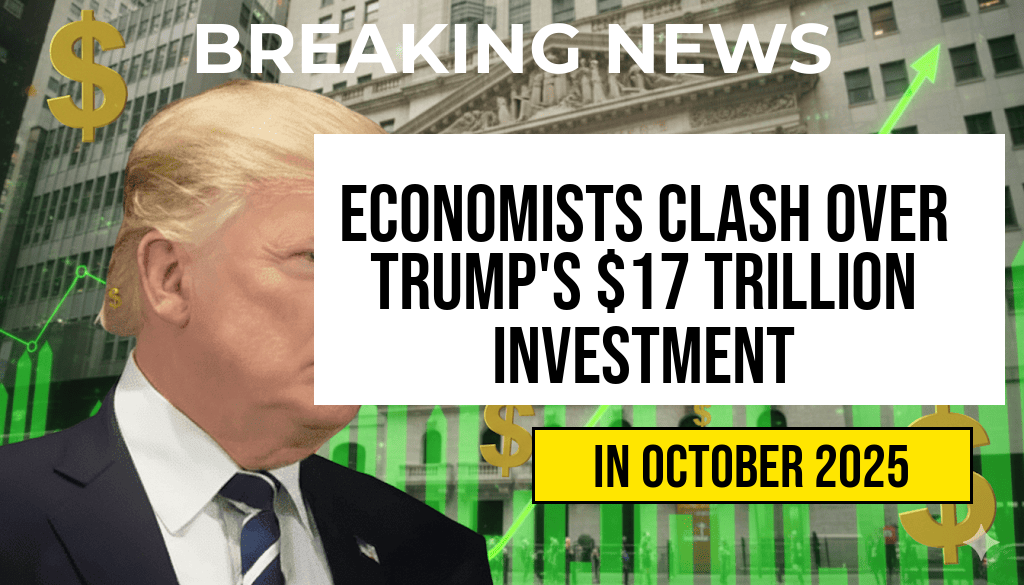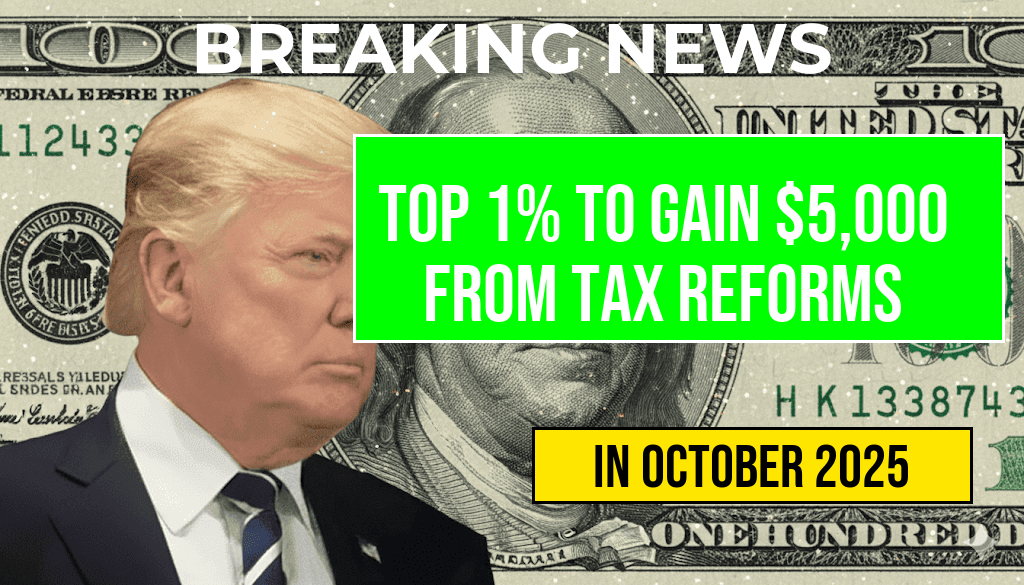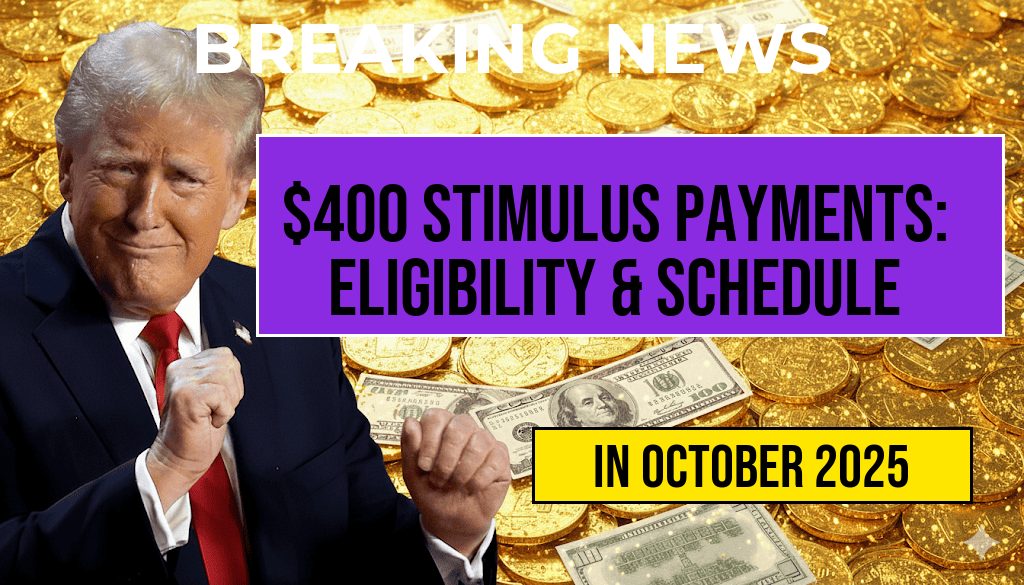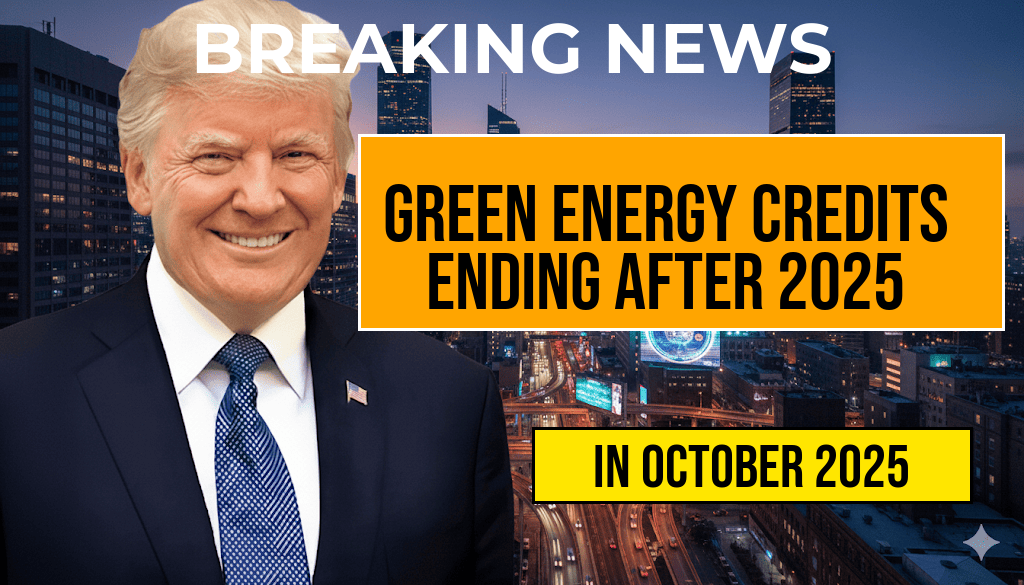Amid ongoing debates about the scope of President Donald Trump’s financial influence, recent estimates place his global investment portfolio at an astonishing $17 trillion. This figure, which surpasses the GDP of many nations, has ignited fierce disagreements among economists, financial analysts, and political observers. Critics argue that the number is inflated or lacks transparency, while supporters claim it reflects a sophisticated, diversified empire that underscores Trump’s enduring economic clout. As authorities and watchdog groups scrutinize the data, the debate underscores broader questions about transparency, influence, and the role of private wealth in shaping international markets.
Dissecting the $17 Trillion Figure: Origins and Methodology
The figure emerged from a combination of publicly available data, leaked financial disclosures, and independent estimates by investigative journalists. A prominent think tank, the Global Financial Integrity Initiative, compiled the data by analyzing Trump’s reported assets, investments, and business holdings across multiple countries. According to their latest report, Trump’s portfolio extends across real estate, stock holdings, private businesses, and international partnerships.
However, the methodology employed has come under scrutiny. Critics argue that the estimate relies heavily on extrapolation and assumptions, especially given the opacity of private holdings and offshore accounts. Some analysts suggest that the actual figure could be significantly lower, citing the lack of detailed disclosures, especially regarding complex ownership structures in tax havens. Conversely, supporters contend that Trump’s extensive international dealings—ranging from luxury real estate to licensing agreements—justify the high valuation.
Economic Implications of Such a Vast Portfolio
Global Market Influence
With an estimated $17 trillion in assets, Trump’s financial footprint commands considerable influence over global markets. His investments span continents, including major holdings in Asia, Europe, and the Middle East, impacting local economies and international trade flows. Economists caution that such concentrated wealth can sway currency valuations, interest rates, and even political stability in regions where investments are significant.
Policy and Political Clout
Some political analysts argue that Trump’s extensive financial empire provides him with a unique leverage in negotiations with foreign governments and corporations. This level of wealth, they say, could potentially influence policy decisions, trade agreements, or diplomatic relations. Yet, others emphasize that the lack of transparency surrounding the actual valuation complicates assessments of such influence.
Points of Contention Among Economists
| Position | Main Argument | Supporting Evidence |
|---|---|---|
| Inflation Concerns | The $17 trillion figure is exaggerated due to overestimations and speculative valuations. | Inconsistent disclosures, offshore holdings, and valuation discrepancies. |
| Asset Underestimation | The figure understates Trump’s true wealth, missing private assets and international holdings. | Investigative reports and leaked documents indicating undisclosed assets. |
| Transparency and Accountability | Estimating private wealth at this scale without full disclosures raises ethical and legal questions. | Calls for stricter financial transparency laws and disclosures. |
Legal and Ethical Dimensions
The controversy extends beyond mere numbers. Legal experts question whether the valuation practices meet the standards for transparency required of public figures. While Trump has historically maintained a degree of privacy regarding his finances, recent disclosures and investigations have spotlighted the opaque nature of his holdings.
Moreover, some argue that the sheer scale of investments could create conflicts of interest, especially when they intersect with government policy or international diplomacy. Transparency advocates emphasize the need for clearer reporting to mitigate perceptions of undue influence or favoritism.
Broader Economic Context
Trump’s wealth, whether accurately measured at $17 trillion or not, exemplifies the increasing concentration of private wealth and its potential to shape global economic trends. As wealth disparities widen, the influence of ultra-rich individuals on policy and markets becomes a subject of intense debate.
For perspective, the combined GDP of the world’s top economies like the United States or China hovers around $20 trillion. This comparison underscores the magnitude of the figure and the importance of understanding its origins and implications.
Looking Ahead: Transparency and Market Stability
The ongoing debate about Trump’s investments highlights a broader call for improved transparency in how private wealth is disclosed and monitored. Regulatory reforms and international cooperation could play a role in ensuring that such vast holdings are accounted for accurately and ethically.
As investigations continue and more data becomes available, market participants and policymakers alike will need to assess the stability and influence of such concentrated financial power. Whether the $17 trillion figure holds or not, it undoubtedly raises important questions about the future intersection of wealth, transparency, and global influence.
For further reading on global wealth distribution and financial regulations, see Wikipedia’s wealth in the United States and Forbes’ Global 2000 list.
Frequently Asked Questions
What is the significance of the $17 trillion figure mentioned in the article?
The $17 trillion figure represents the estimated total of Trump’s global investments, which has sparked intense debate among economists regarding its accuracy and implications for the global economy.
Why are economists clashing over Trump’s investment figures?
Economists are clashing because of differing methodologies in calculating the investment totals, potential overestimations or underestimations, and the impact these figures may have on market perceptions and policy decisions.
How do Trump’s global investments influence the international economy?
Trump’s massive investments can potentially affect global markets by shaping investment flows, influencing trade relationships, and impacting economic stability across different countries.
What are the main challenges in accurately estimating Trump’s investment portfolio?
The main challenges include complex ownership structures, offshore holdings, private investments, and lack of transparency, which complicate efforts to produce a definitive investment figure.
What are the potential implications of this debate for policy makers and investors?
The debate over the investment figures could influence policy decisions, regulatory approaches, and market confidence, ultimately impacting economic strategies and investment confidence.






